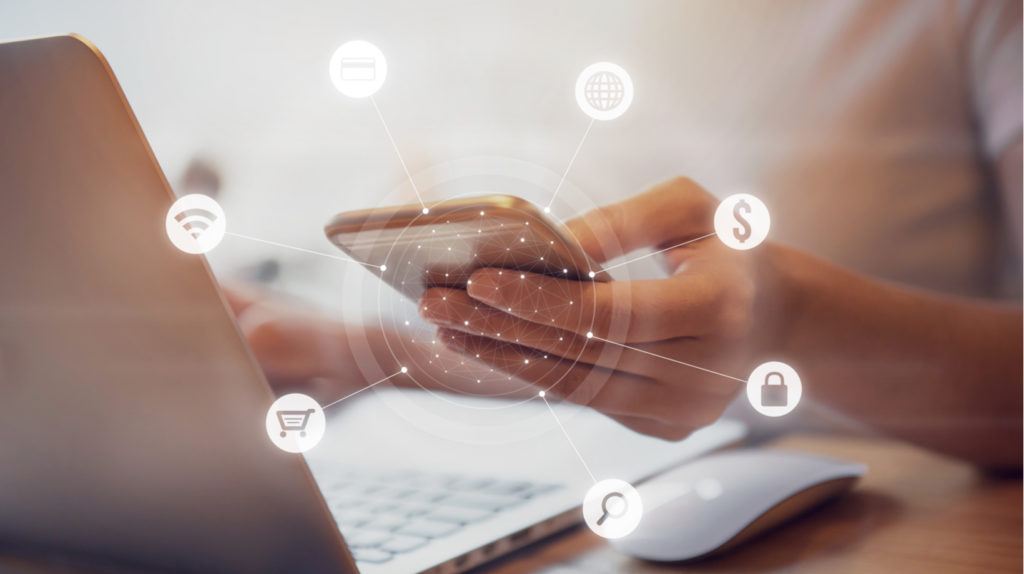Exploring The Need To Promote Multi-Device eLearning Strategy At Workplace
The adoption of multiple device eLearning strategies ensures delivery of several benefits for both enterprises as well as learners. Organizations that impart training and development solutions through mobile devices seek all the time and cost benefits related to online learning.
Today, you can access different courses at the point of need without any hassle of going anywhere. The easy-to-access training content across personalized mobile devices such as smartphones and tablets has resulted in improved performance support. Learning has revolutionized with the use of the latest technologies and devices with the shift from desktops to smartphones, tablets, and phablets. There are several factors that enhance the need for mobile devices for eLearning design and delivery:
- Need to access eLearning course at the moment of need.
- Evolving demands of mobile personnel for utmost convenience and flexibility.
- Increasing trend of using personalized mobile devices such as laptops, tablets, and smartphones.
While there are ample reasons why organizations deliver eCourses through mobile devices, there are some challenges associated with the same.
- An increasing use of smartphones and tablets means that there are numerous platforms which should be considered by organizations when providing training through mobiles. Mobile devices differ in operating systems, processing speed, and other aspects. So, it is crucial for organizations to decide which courses they will create first and then confine their employees to specific devices.
- Another challenge is the nature of eLearning as few courses are designed in the form of text and graphics while others in the form of videos and simulations to enhance learner interaction. While the course type varies, they reflect the same nature, which is slide-based. This means that the positioning of elements within a slide is the same as the positioning of information in a video.
Crucial Aspects For Multi-Device Learning
It is important to understand the requirements of learners and educators when it comes to multi-device eLearning. To make the overall experience effective, it is essential for learners to get familiar with each device. Organizations must ensure that different courses can be accessed on any internet-enabled device and from any location. Therefore, multi-device strategy does not require trainers to manually adjust courses with each device.
Responsive design proves to be an optimal solution for slide-based eLearning across multiple mobile devices. It means that rather than providing varied designs for different devices, you can consider them as facets of the same experience. You can incorporate robust technologies with the designs to provide a more flexible and adaptive experience for modern learners. These technologies include media queries, grids, and more that help to edit text, swap and resize images, show or hide navigation and more as per learners’ customized needs. So, the prime aim behind the responsive design is to ensure that the learning experience will be effective on every device without any need to write a new code for each. A robust and responsively-designed Learning Management System (LMS) is deployed by organizations, serving several benefits as outlined below:
- Responsive design helps to manage separate versions of your LMS on desktops and mobiles. This helps learners to shift their focus to a single code base, ensuring the delivery of a highly impactful user experience.
- Systems with responsive design are skeptical about different operating systems and mobile devices. Therefore, instructors and LMS owners do not have to create different versions for every device platform which is used.
- It does not require the delivery of customized training programs for different learners using multiple devices. The use of a single responsive system helps to mitigate the costs and efforts associated with corporate training.
The Final Word
It is believed that the approach to multi-device learning is an optimum choice for organizations, trainers, and learners. It helps to cater to the learning needs of diversified audiences, through an experience which is fun as well effective on every device, anytime and anywhere. New-age learners not only want to access courses on their personalized mobile devices but also expect to access it as per their convenience of time and location. So, choosing a multi-device learning strategy to provide effective eCourses leads to improved performance by empowering learners to gain knowledge whenever they need it.
Suggested further reading:
